How to dry and store your home-grown herbs
Collecting Herbs
One of the best parts about growing a herb garden is being able to use the herbs. From the lemon balm leaf in a glass of tea to the sweet basil in a pot of marinara sauce, herbs can add the most wonderful flavors.
A perfect example of why you would want an herb garden is this. Imagine a hot summer day when the only thing that can cool you off is a frosty glass of ice-cold tea. You can brew the tea, pour it over the ice, add a leaf off the stevia plant, and one off the lemon balm plant, and you have a wonderful sweetened glass of lemon iced tea.
You must understand something about collecting herbs. You need to do it often to allow the plant to keep growing so well. Once an herb plant has started producing flowers, it will not produce any leaves. Keeping the plant well-pruned can keep it from going to flower.
There are three different kinds of herbs:
- Herbaceous; these will die in winter and grow back in the spring. These herbs do not need to be carefully cut back. You can just chop off what you need and they will continue to grow. It is advisable to at least let one pair of leaves remain. You will definitely do this in the spring to allow the new growth to form. These herbs are also great for container growing, especially the mint varieties.
- Evergreen; these herbs require you prune them at least once a year. You can do it more often, and hopefully, you are cutting for the kitchen, but you must also allow some of the plants to keep growing. You will want to remove any old growth so the new growth can benefit from the sunlight and not be crowded.
- Annuals; Annual herbs need to be planted every year. You will not be able to winter these herbs unless you take them indoors. Even when you do take the best care of them possible do not be surprised when they start to die off.
When you do harvest the herbs from your garden, you will want to gather some for fresh use. This allows the plants to keep producing during the growing season. You will want to harvest for the winter later in the year.
When you harvest for the winter months you must make sure you gather all you will need. You will want to make sure before you store the herbs they are dried completely.
Drying Herbs
It is not hard to collect herbs. A simple snip or cut and you are done. Drying can be a problem when you do not know how to do it. When you remember that an herb is just like any other plant it is easier to understand how to treat them.
You must first gather the herbs you are going to dry. It is best to cut longer stems than many short ones. You are going to hang the herbs upside down in a well-ventilated area. You do not want to hang them in bright sunlight. Although the sunlight will make the herbs grow wonderfully, the light can cause the herbs to lose some of their potency when drying.
When you have cut four or five long (8 to 10 inches) stems off your herb plant, you need to shake them off gently. This will ensure there are no insects on the leaves or branches. Strip off any dead or diseased leaves. Make sure you also strip about the last three inches of the stem. You need to tie the cuttings together at the bare end. You can use string or even a rubber band if you wish.
After you have tied the herbs into bundles, insert them into a brown paper bag that you have cut holes into for ventilation. Tie the end of the bag shut with the bare branches sticking out. You can then hang the entire package upside down by the same string you tied everything together with. Keep a close eye on the herbs as they dry. You do not want them to become moldy. Once they are completely dried, you can prepare them for storage. This can take a week or two. Just be patient.
You can also air-dry the herbs. Air drying is simply spreading the leaves of the herbs onto screens so the air can penetrate both sides of the leaf. This will allow the herbs to dry uniformly. It is best to use one screen for each type of herb. You do not want to risk drying your peppermint with the oregano. This could result in some rather strange tasting Italian dishes!
Do not make the mistake of thinking you will not use that much. In the summer when you have a good supply of fresh herbs, you may not realize how much of the herb you use. This is because the plant is constantly growing and replenishing your supply.
Dried herbs are stronger than the fresh ones. Fresh herbs contain water. The dried herbs contain a more concentrated essential oil. You will find you do not need to use as much of the dried herbs to get the same flavors.
Yet with the ability to store your own herbs, you might want to make sure you have enough until next spring.
There is a misconception that herbs can be oven-dried or heated to force dry them. This is not the best way to dry your herbs. The heat can actually release the essential oils which give the herbs their wonderful aroma and flavor. It makes no sense to use a drying system which will prematurely release the very thing which makes the herbs so desirable.
The important thing to remember from all of this is to make sure the herbs are kept in a warm, dry, and ventilated area while you are waiting for them to dry.
Drying herbs is a very traditional way to preserve them for future use.
After cutting your herbs gather them in small bunches. Keep these small, about ten sprigs each.
Secure the bunch with a rubber band – great use for all those bands that you get with your mail and better than string because herbs shrink as they dry and this way you won’t have a floor littered with bits.
Hang your bunches with space between each in a well-ventilated area. To keep their color, hang them in a shaded area out of direct sunlight.
It usually takes about a week for your herbs to dry completely so that they crumble easily when pressed between your fingers.
To speed things up you can dry them in the oven. Use at the lowest setting and spread herbs on a baking tray in a single layer. Check them every ten minutes.
Some people use their microwave to dry herbs; personally I do not recommend this as the microwave tends to burn out those precious essential oils that make herbs so special

Storing Herbs
When you are storing the herbs you have collected there are many methods to investigate. Some will work better than others. It is all a matter of preference. You can read through and decide what will work for you.
The first method which many people find very simple is freezing. There are two ways to freeze herbs. You can collect the fresh leaves and put them on a cookie sheet in the freezer. When the leaves have been frozen completely, just place them in a storage bag, label the bag with the date and contents, and stick it back in the freezer. Just do not expect the herbs to act or look fresh when you thaw them. They will still be good for cooking.
Another way to freeze fresh herbs is one of my favorites. Fill an ice cube tray with the chopped leaves from the herb plant you desire. Fill the tray with water and freeze. When the ice cubes have completely frozen, separate them and put them into freezer bags that you have labeled. You can then take them out of the freezer one cube at a time to add to stews, soups, and other dishes.
I will say that you can store dried herbs in the freezer as well. This can keep them from becoming rancid from being stored too long. This is a good precautionary method in case you did not let the herbs dry long enough. There are times when you think the herbs are dry but you find later they are mildewing in the jars. This means moisture still existed in the leaves. When you freeze the dried herbs, if there is any moisture, it will not affect the herbs.
Many times you will find it is easy to store dried herbs in containers. The best container is one that does not let in light. You can find many apothecary jars with tight-fitting lids or even rubber seals. These are the perfect storage containers. With a dark-colored jar or bottle the light cannot get to the herbs. Making sure the lid seals properly assures no air can get into the herbs, as well.
Storing herbs in oil is also a good way to preserve the flavor. As long as the oil stays fresh you can keep the herbs. Make sure the leaves are dry and insert into an oil-filled jar. This will preserve the flavor. If the oil goes bad, which usually happens in six months or so, the herbs must be disposed of. One of the benefits of preserving the herbs in the oil is you will wind up with herbal oil which is excellent in cooking.
2 Comments
Trackbacks/Pingbacks
- 10 Herbs For Growing, Cooking, and Drying - Transformelle - […] you just don’t have fresh herbs around, so you’ll want to substitute with dried herbs instead. A good rule…
- How you can start to live a more organic green life - Transformelle - […] Herbs enjoy the warm temperature levels and are quickly grown. The terrific part is you always have fresh herbs in…
Submit a Comment
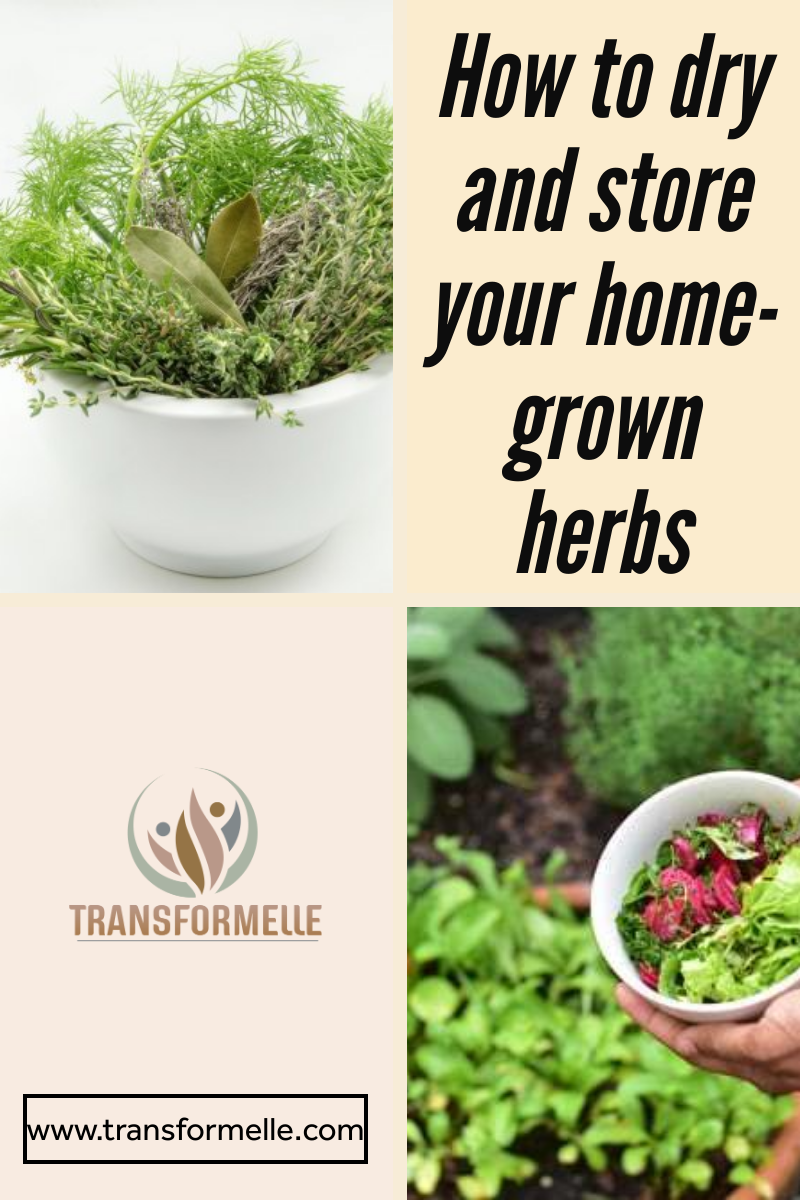
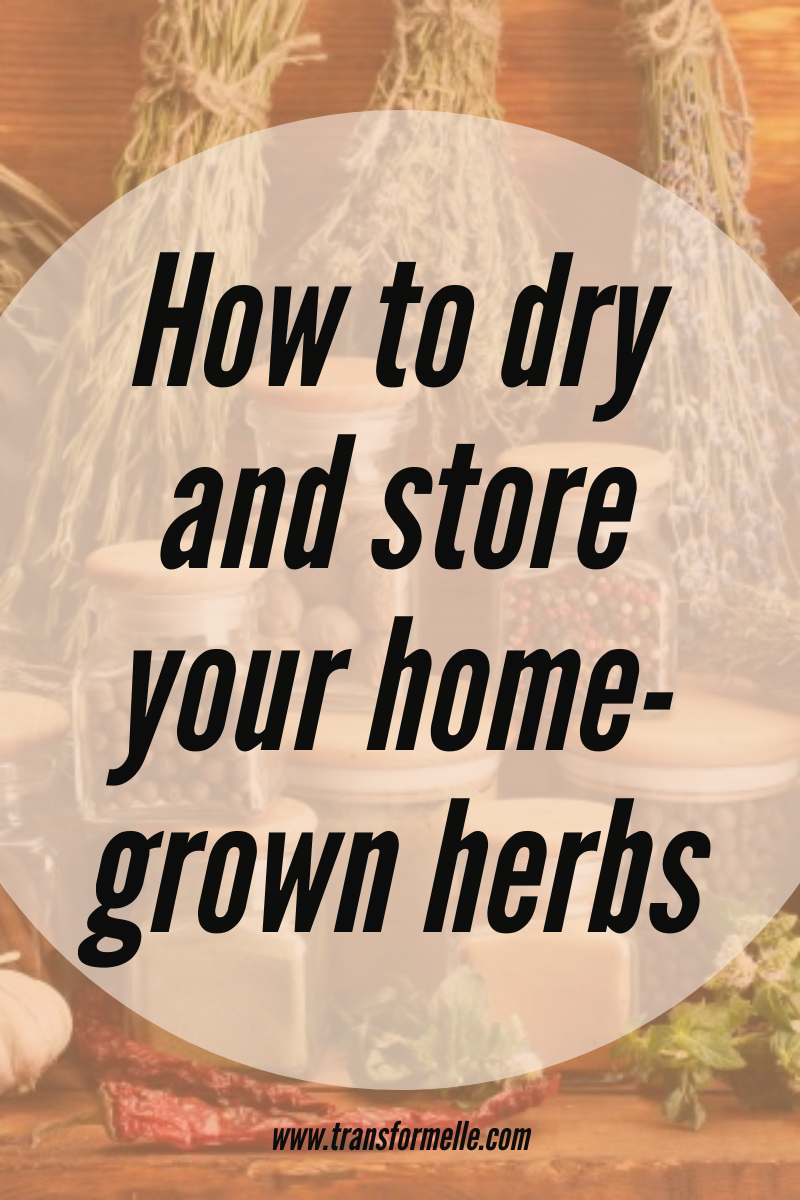
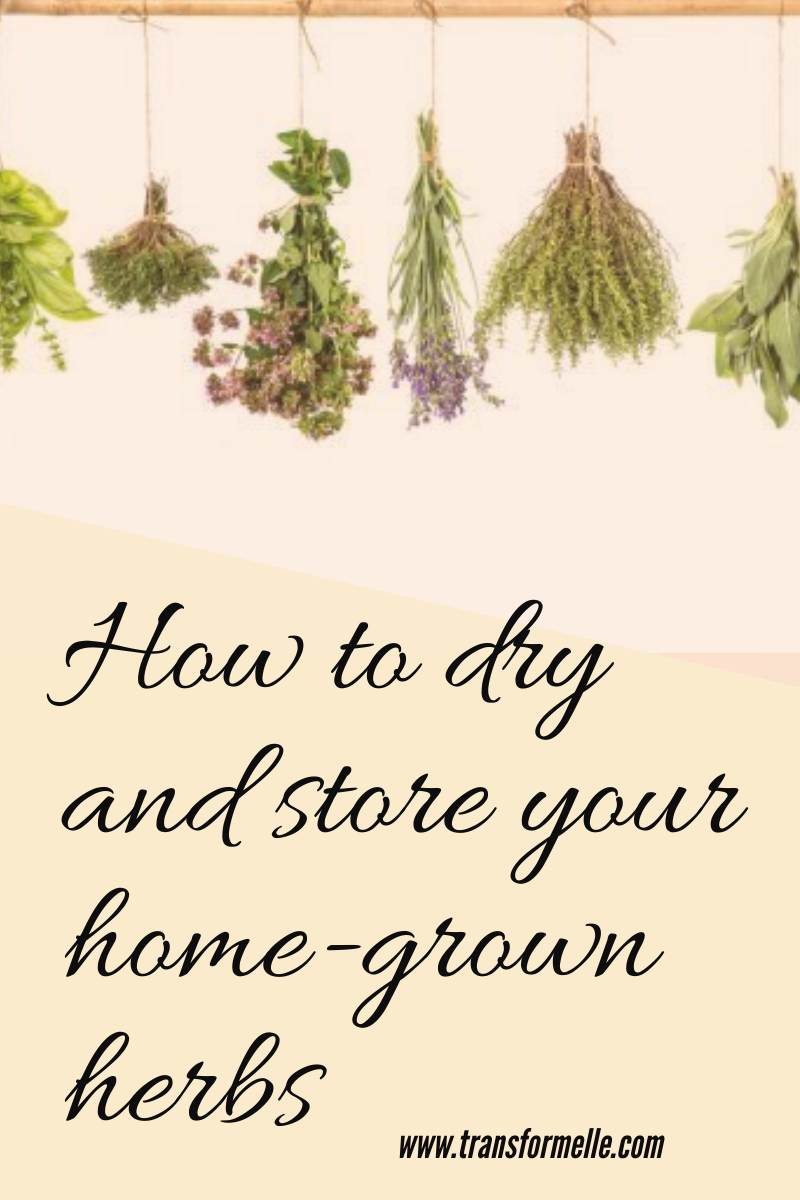
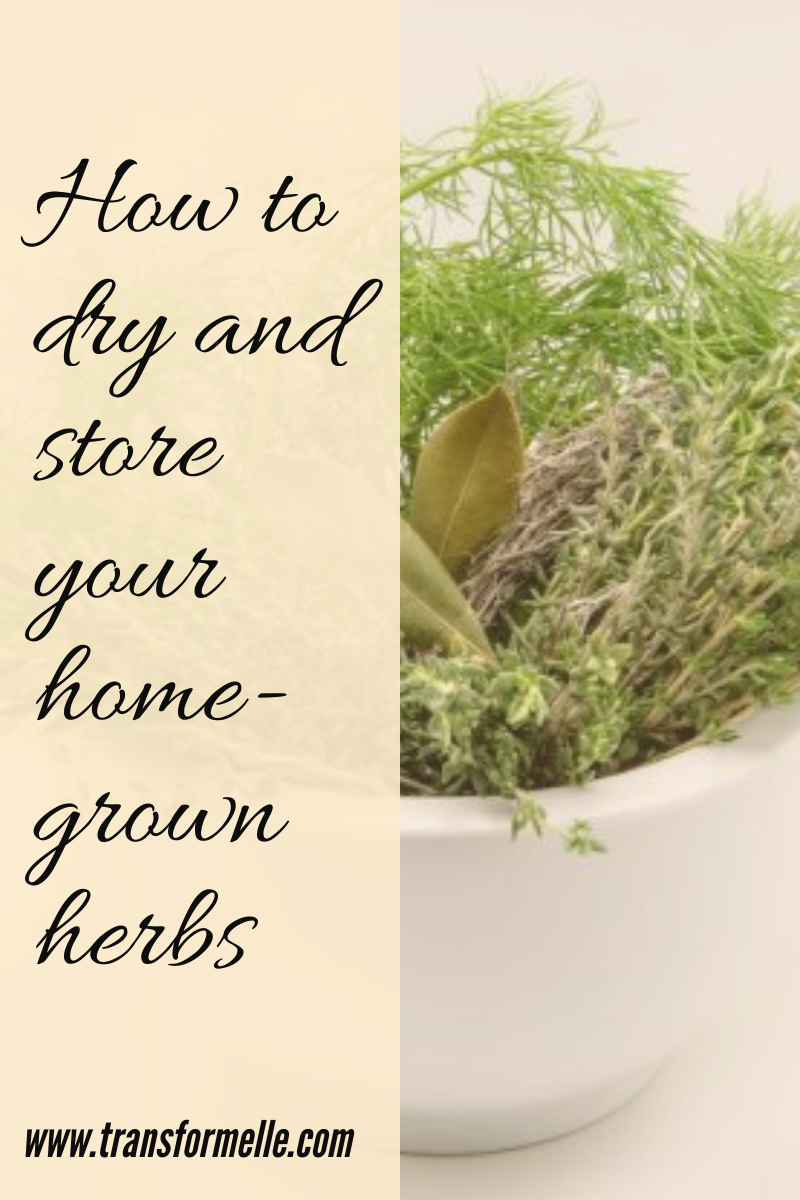
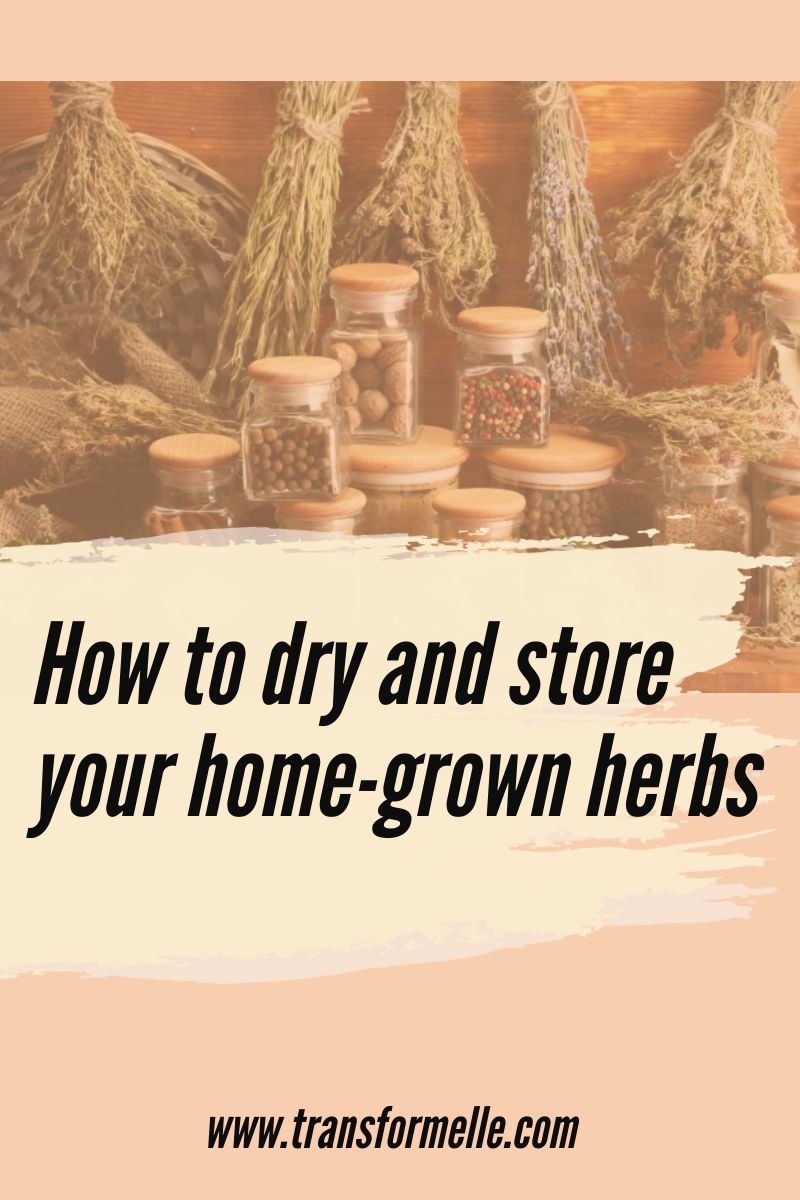
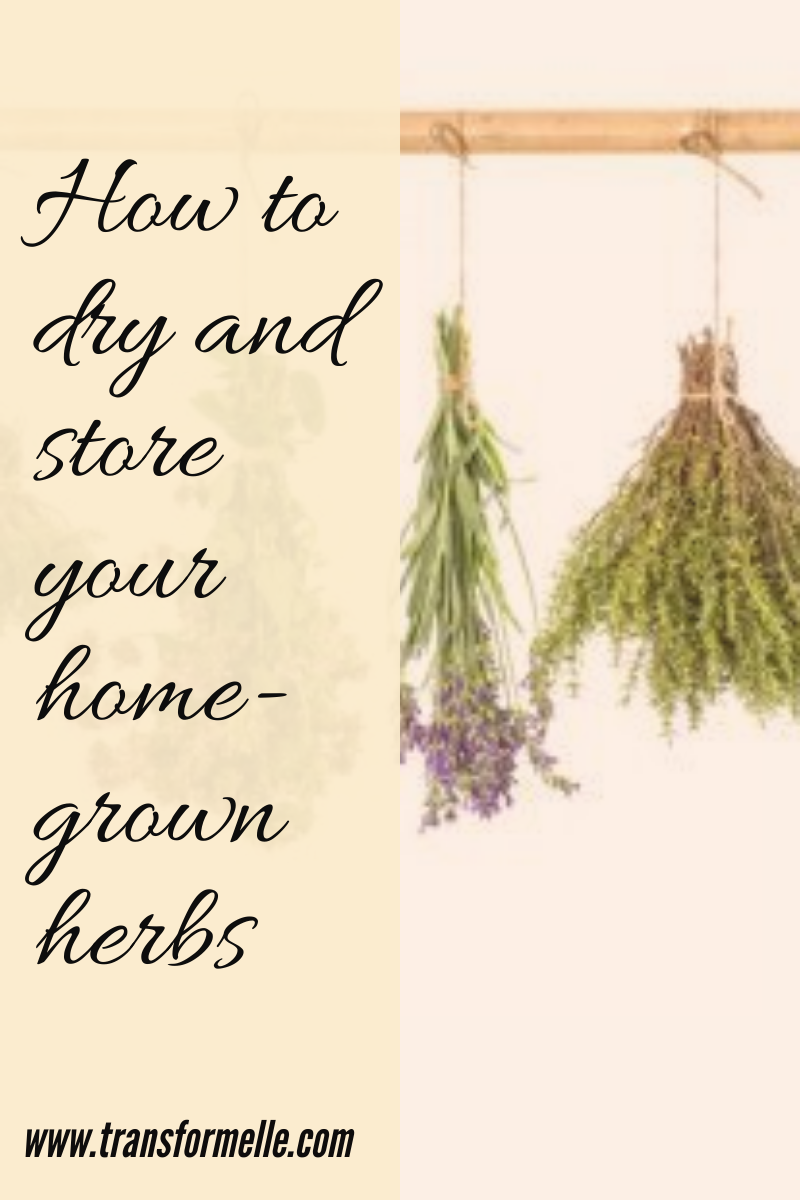
Did you find this post useful, inspiring? Save one of these pins above to your healthy lifestyle board on Pinterest.


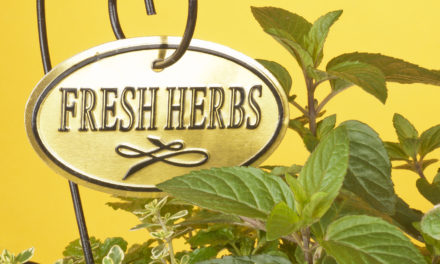
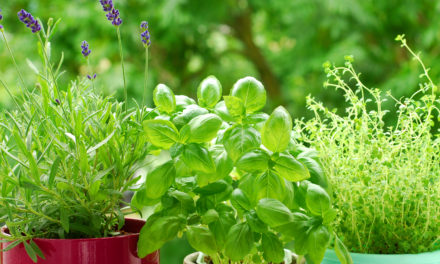
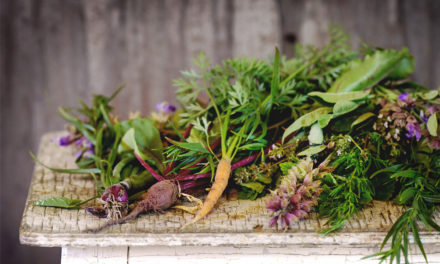
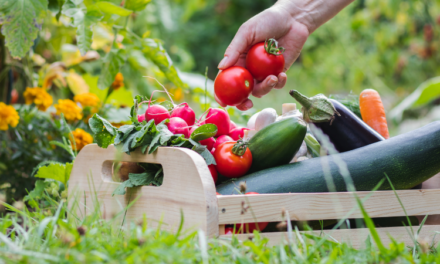
Hi, always i used to check web site posts here in the early hours in the daylight, because i like to gain knowledge of more and more.
Thanks for the marvelous posting! I quite enjoyed reading it, you will be a great author.
I will make certain to bookmark your blog and will come back down the road.
I want to encourage you to ultimately continue your great posts, have a nice evening!